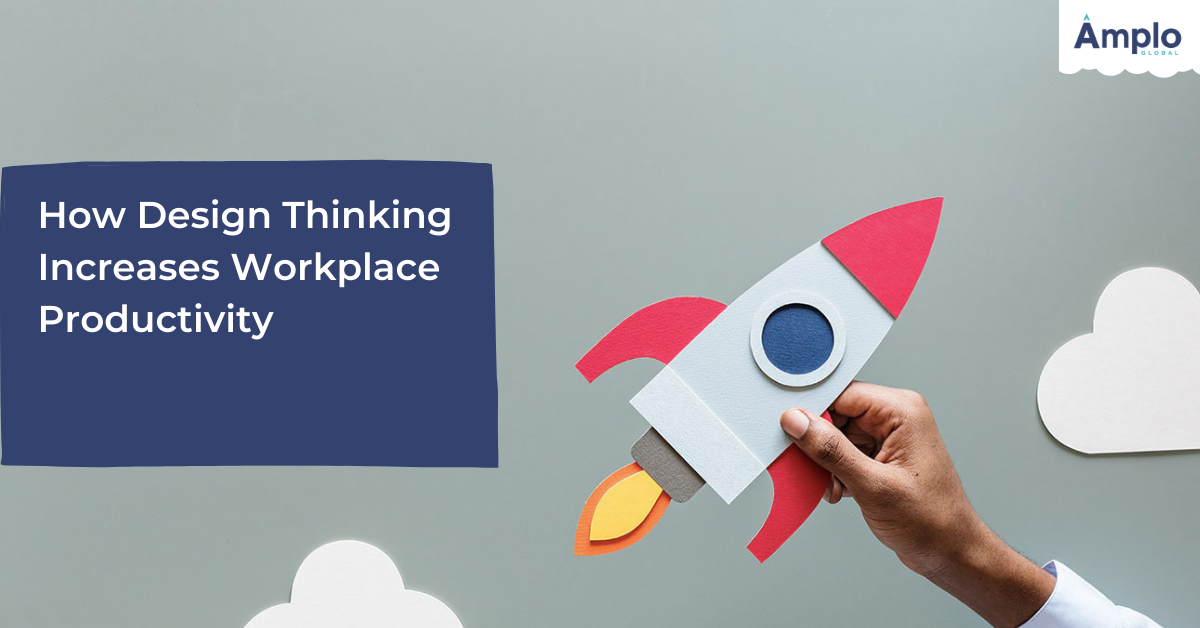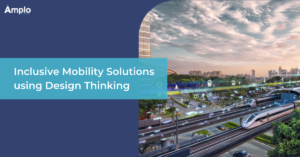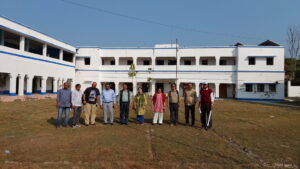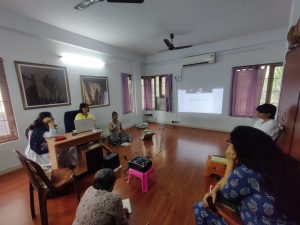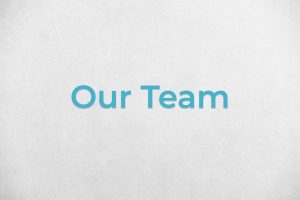Design Thinking Electrify Workplace Productivity and Build Industry-4.0
Let’s go on a thought experiment journey and test out design thinking’s potential for increasing productivity
Design thinking is a methodology and a set of cognitive and strategic tools used to generate new ideas and solve problems, using empathy, creativity, and collaboration. Design thinking offers a human-centered approach to problem-solving. The design thinking methodology is an iterative process comprising 5 distinct phases: Empathize>>Define>>Ideate>>Prototype>>Test. There’s compelling evidence that supports the effectiveness of design thinking. The Design Management Institute found that over the span of 10 years, design-driven companies outperformed the S&P 500 by 219%
As advancing technologies like AI and ML are striving to become more and more human, design thinking is becoming increasingly relevant. Design thinking has played a pivotal role in the success of today’s leading businesses by revolutionizing the way companies solve customer and user problems. However, design thinking is not just limited to solving external problems pertaining to users and customers. It can also be a helpful tool for solving an organization’s internal challenges like conflict management, internal communications, and workplace productivity. Today, let us examine how design thinking can be utilized to increase an organization’s overall productivity.
There’s a slew of factors that can influence employee performance and productivity. Factors like an employee’s personal circumstances, unforeseen pandemics, or natural disasters may be beyond a company’s control. However, there are three important factors that can be addressed:
- Team Motivation
- Work Culture
- Complexity and Efficiency (of workflows and processes within every function)
To illustrate the promise of design thinking, let us conduct a thought experiment where we apply the approach to team motivation, one of the aforementioned factors for productivity.
Goal: Increase team productivity by increasing team motivation, using design thinking. (All assumptions and calculations are provided in the footnotes.)
Empathize: We must begin by gathering information about the employee experience using surveys and interviews to determine what they think lowers or increases their motivation. For the sake of this experiment, let us consider a fictional group of employees that revealed the following causes of a lack of motivation:
- Feeling unappreciated. Feeling like their ideas don’t matter/ are not recognized or rewarded
- Lack of social connection
- Feeling overwhelmed or overworked
Define: Now, we need to define the problem. In this case, we determine what ‘productivity’ and ‘lack of motivation’ means for our hypothetical team and define metrics that can be used to measure each one.
Continuing our experiment, let’s go with the following definitions:
Productivity = % of weekly goals achieved vs weekly goals set*
Motivation = Work satisfaction score* + Connectedness score* – Overwhelm score*
Ideate: Next, we brainstorm potential solutions to the previously defined problems. Here are some ideas pertaining to our example:
- Encourage communication by increasing social interaction
- Reward system to encourage productivity
- Log instances of overwhelm and analyze causes and solutions
Prototype: Based on the ideation, we can prototype the following plan/system
To reduce overwhelm, set realistic targets by aiming for 4 days worth of workload (expected hours for completion) for each week to create a buffer. Each employee is then free to spend their unutilized time in any manner they see fit.
Provide planned ‘downtime’ by reserving half of a day, every week, for employees to socialize and unwind.
Test: Determine values of our target variables, apply the prototype, and measure the resulting change.
This process repeated over time will help achieve optimal results and adapt the process according to future organizational changes. We can go through similar design journeys for any other factor that affects productivity. The potential for using design thinking to increase productivity is limitless.
Productivity is only one among numerous applications of design thinking. Our world consists of a wide variety of perspectives, people, cultures, and ideas. Design thinking is a way to leverage diverse sets of ideas and create solutions available for and applicable to a diverse set of people. Design thinking holds the potential to transform the world, one good decision at a time. Investing in and using design thinking is certainly a good decision.
___________________________________________________________________________________
*‘Weekly goals’ are measured by setting a weekly target, broken into smaller tasks and projects that are assigned numeric values based on importance and complexity. As a result,’ weekly goals set’ and ‘achieved’ can both be expressed as numbers, used to determine productivity (%)
Overwhelm as % of actual # hours required to complete weekly goals vs expected # hours required to complete weekly goals
‘Work Satisfaction’ and ‘Connectedness and Inclusion’ to be measured as the average employee ratings on a scale of 1-100%, for each of the two factors
